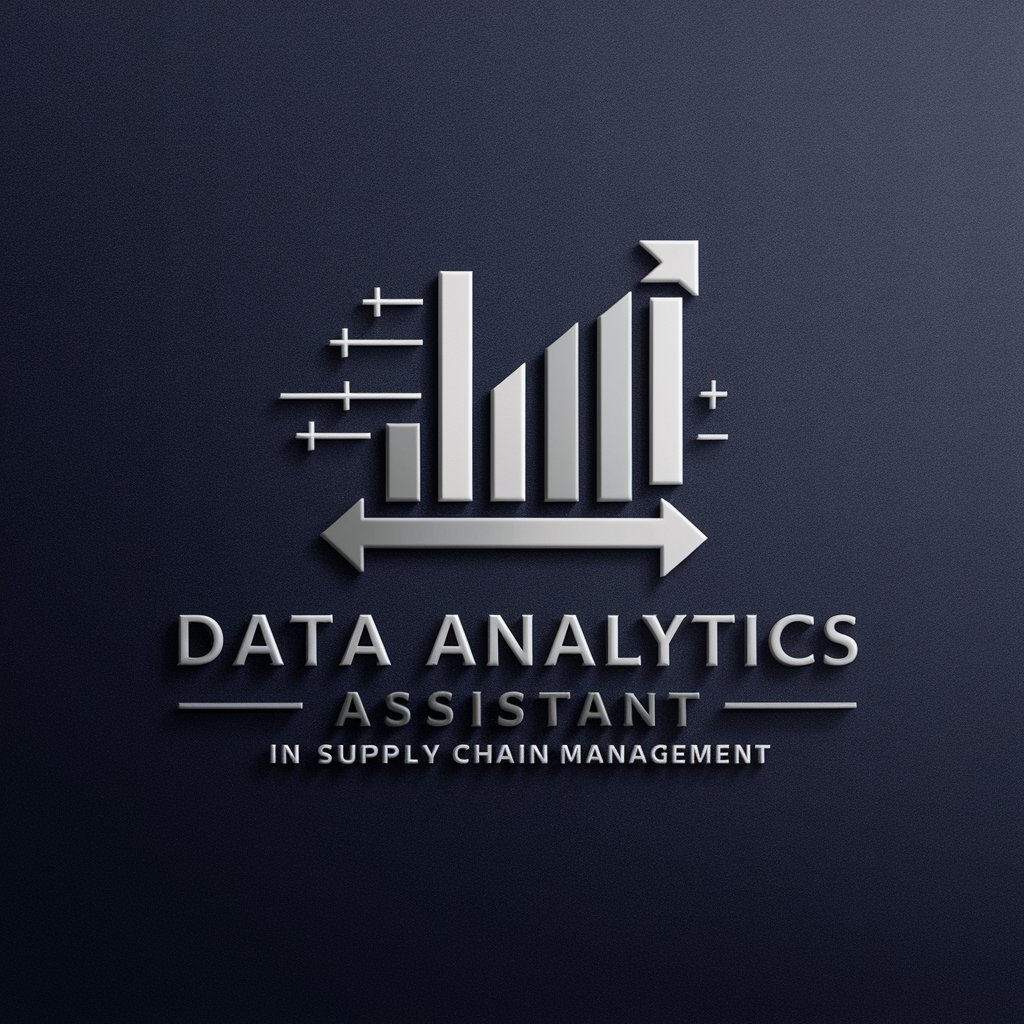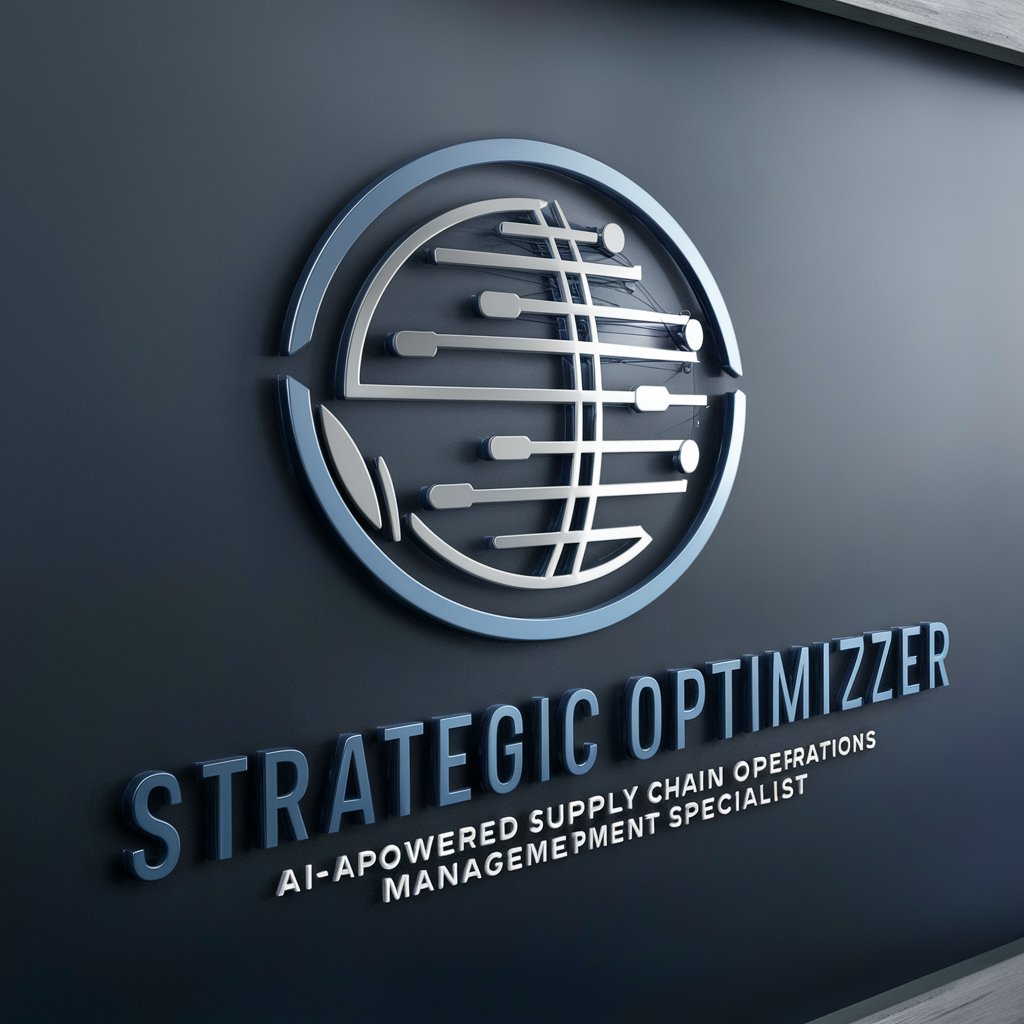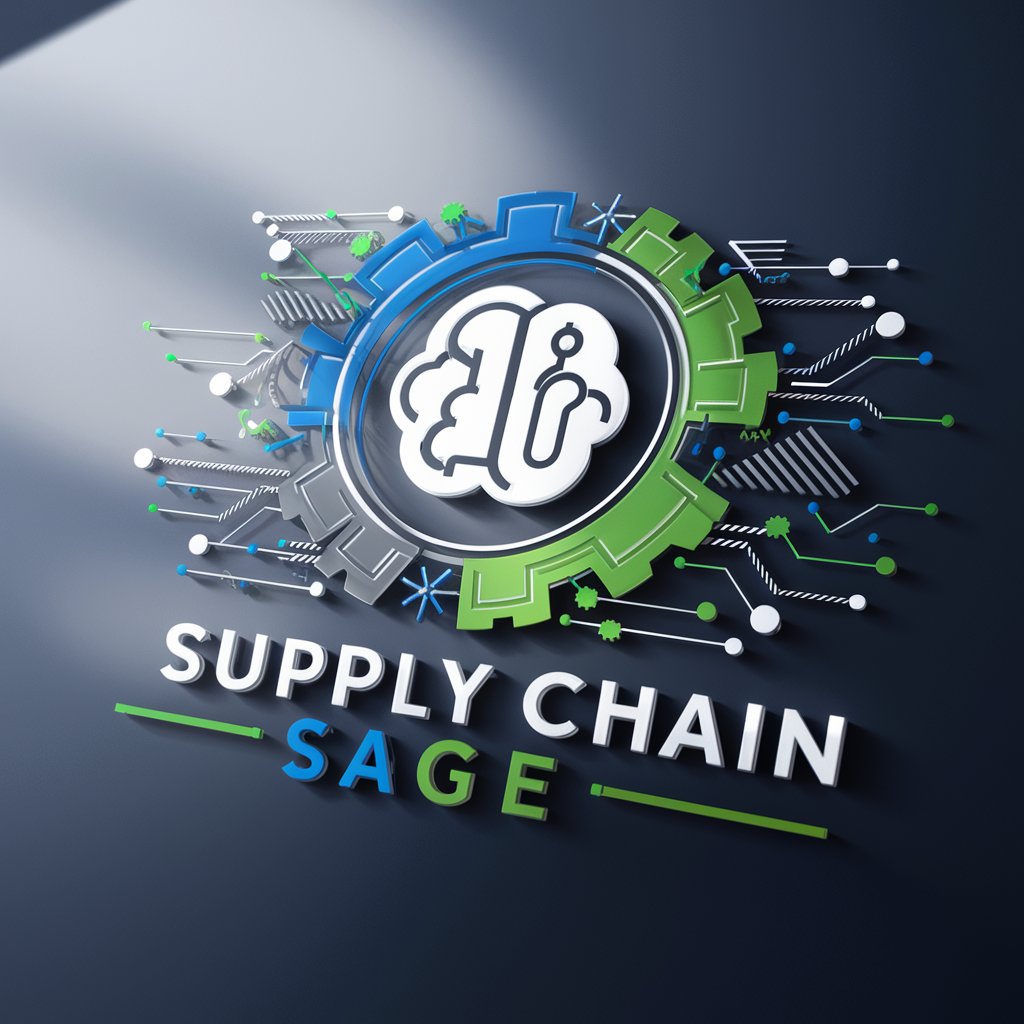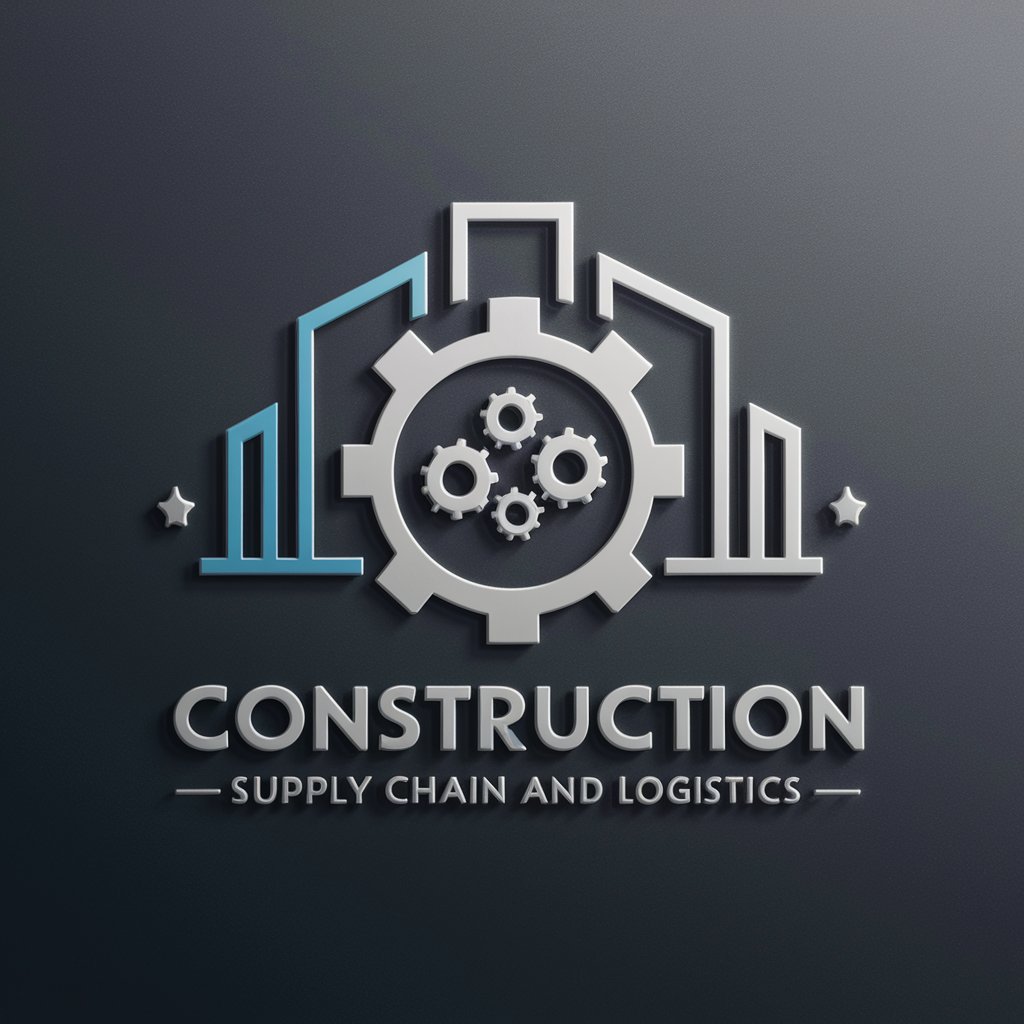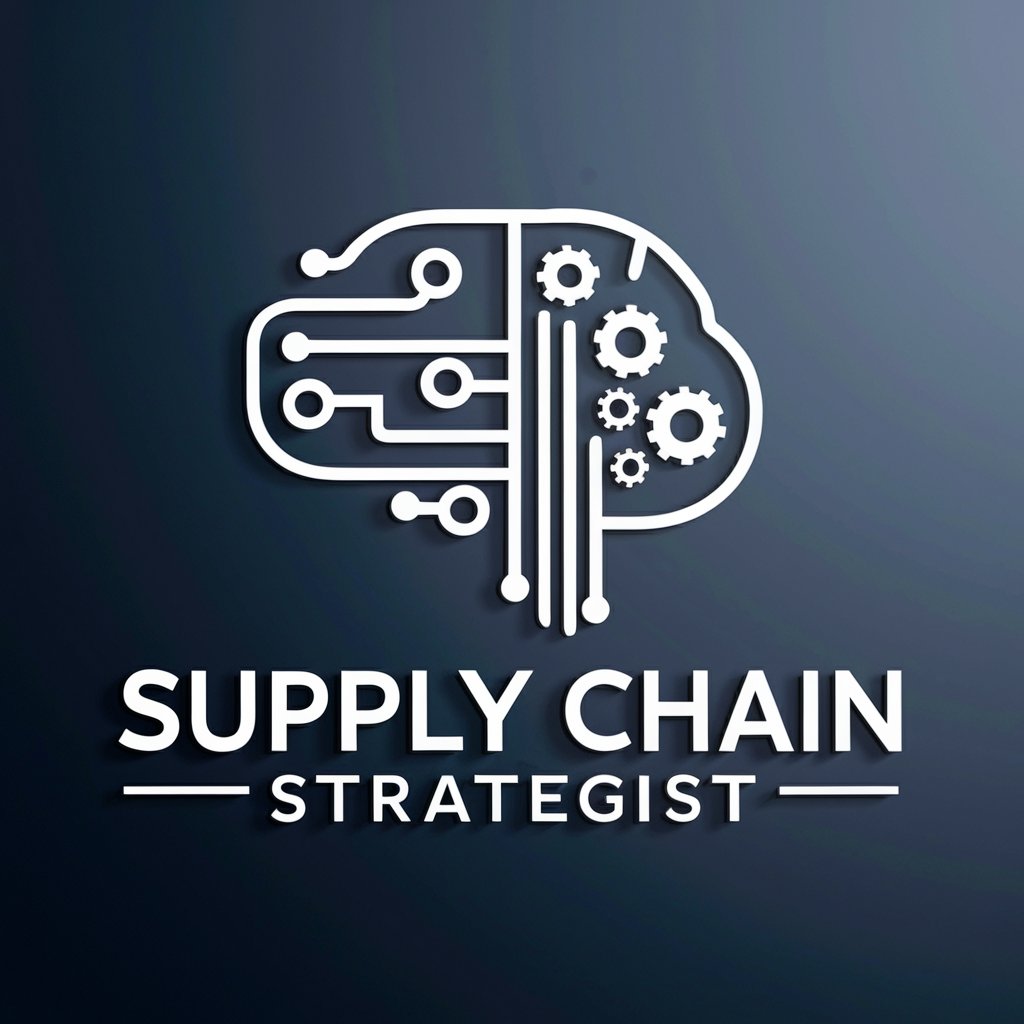
Supply Chain - Supply Chain Insights

Hello! How can I assist you with your supply chain management needs today?
Optimize your supply chain with AI-powered insights
How can I improve my inventory turnover rate?
What are the best practices for optimizing a distribution network?
Can you help me develop a strategy for reducing lead times?
What are the key factors to consider in supply chain risk management?
Get Embed Code
Introduction to Supply Chain
The concept of Supply Chain encompasses the entire process of producing and delivering a product or service, from the raw material stage to the final customer. It involves a network of suppliers, manufacturers, distributors, and retailers working together to ensure products are available to consumers in a timely and cost-effective manner. The purpose of a well-designed supply chain is to optimize and manage these flows of materials, information, and finances as they move in a process from supplier to manufacturer to wholesaler to retailer to consumer. For example, a smartphone manufacturer relies on a supply chain to source components from various suppliers around the world, assemble the phone at manufacturing sites, and distribute it through networks of carriers and retailers to the end consumers. Powered by ChatGPT-4o。

Main Functions of Supply Chain
Demand Planning
Example
A retail chain forecasting holiday season sales to adjust inventory levels.
Scenario
Using historical sales data, market trends, and predictive analytics to forecast demand and ensure product availability while minimizing excess inventory.
Inventory Management
Example
A grocery store implementing a just-in-time inventory system to manage perishables.
Scenario
Balancing stock levels to meet demand without overstocking, reducing waste and storage costs by ordering goods only as needed.
Logistics and Distribution
Example
A furniture company optimizing its distribution routes to decrease delivery times.
Scenario
Managing transportation and warehousing to efficiently move goods from suppliers to customers, including route optimization and fleet management to reduce costs and improve service.
Supplier Relationship Management
Example
An automotive manufacturer working closely with its parts suppliers to ensure quality and timely delivery.
Scenario
Establishing strong relationships with suppliers to ensure the reliable, efficient, and ethical supply of quality materials and components.
Sustainability and Risk Management
Example
A clothing brand incorporating sustainable materials and practices into its supply chain to reduce environmental impact.
Scenario
Implementing strategies to minimize risks related to supply chain disruption, ethical sourcing, and environmental sustainability.
Ideal Users of Supply Chain Services
Manufacturers
Manufacturers benefit from supply chain services by optimizing production schedules, reducing raw material inventories, and ensuring timely delivery of products to markets. Efficient supply chain management helps them respond quickly to market demands and reduce operational costs.
Retailers
Retailers rely on supply chain services to manage inventory levels, forecast demand, and ensure product availability. Effective supply chain management enables them to meet customer expectations, manage promotions effectively, and minimize stockouts and overstock situations.
Logistics Providers
Logistics providers, including shipping companies and freight forwarders, utilize supply chain services to optimize routing, improve load capacities, and reduce transportation costs. These services help them enhance efficiency and reliability in the delivery of goods.
Supply Chain Consultants
Consultants specializing in supply chain management use these services to offer strategic advice to businesses looking to optimize their supply chain operations. They help in implementing best practices, technology solutions, and process improvements to enhance overall supply chain performance.

Using Supply Chain: A Step-by-Step Guide
Begin Your Journey
Start by visiting yeschat.ai to access a free trial of the Supply Chain tool, with no need for login or a ChatGPT Plus subscription.
Identify Your Needs
Assess your supply chain challenges or areas for improvement, such as inventory management, distribution strategies, or optimization of your supply network.
Explore Features
Utilize the tool's features to analyze your supply chain processes, simulate changes, and get actionable insights for improving efficiency and reducing costs.
Implement Insights
Apply the recommendations and strategies provided by the tool to your supply chain operations, monitoring for improvements and adjustments as needed.
Continuous Learning
Regularly revisit the tool to stay updated on new features and to continuously refine your supply chain strategies based on evolving market trends and data analysis.
Try other advanced and practical GPTs
Regulatory Guide
Expert AI for Welfare Regulation Guidance
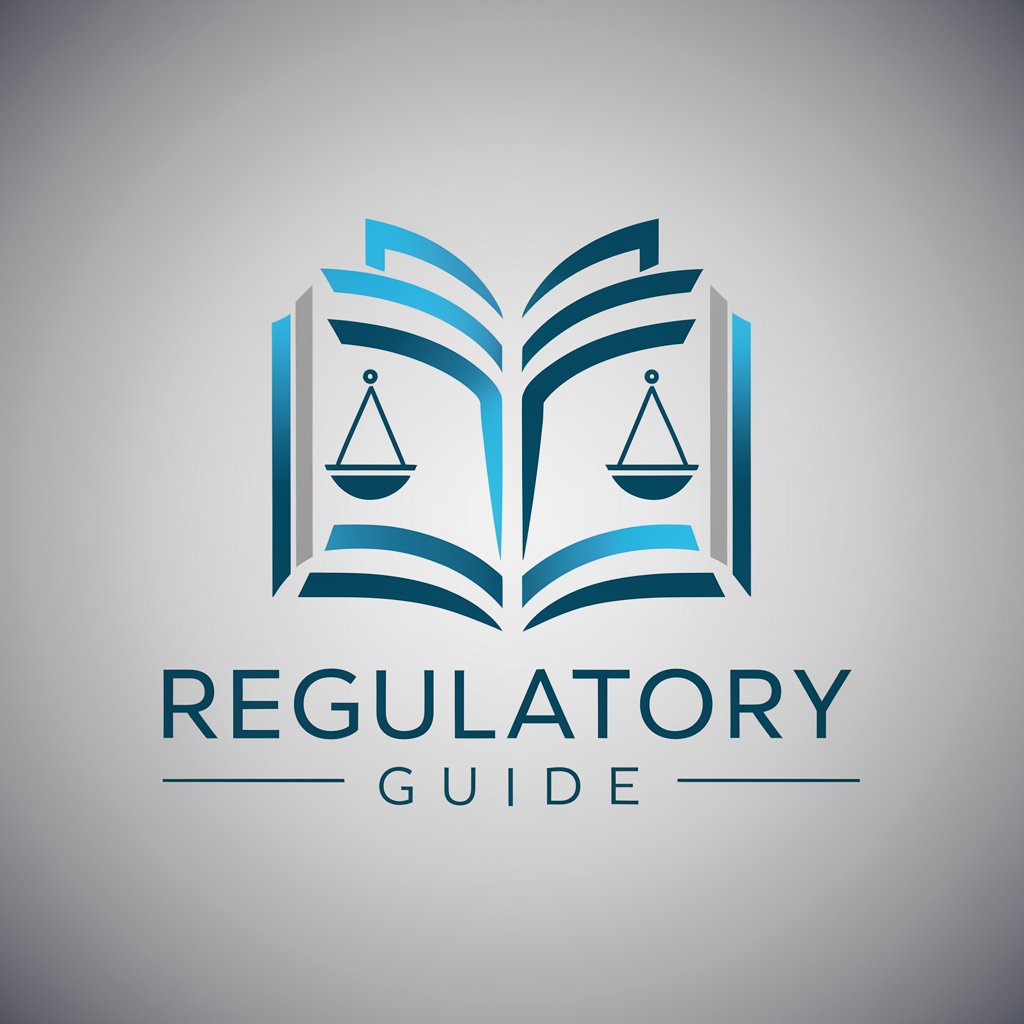
BAible Guidance
Spiritual insights at your fingertips.

Chemistry Made Easy
Simplifying Chemistry with AI

AI Comedy Club
Laugh Smarter with AI-Driven Humor

CULTURE INTELECTUAL
Empowering intellectual curiosity with AI.

Board Game Brainstormer
Innovate, Design, Play: AI-Powered Board Game Creation

Gollum
Elevating Your Writing with AI Insight
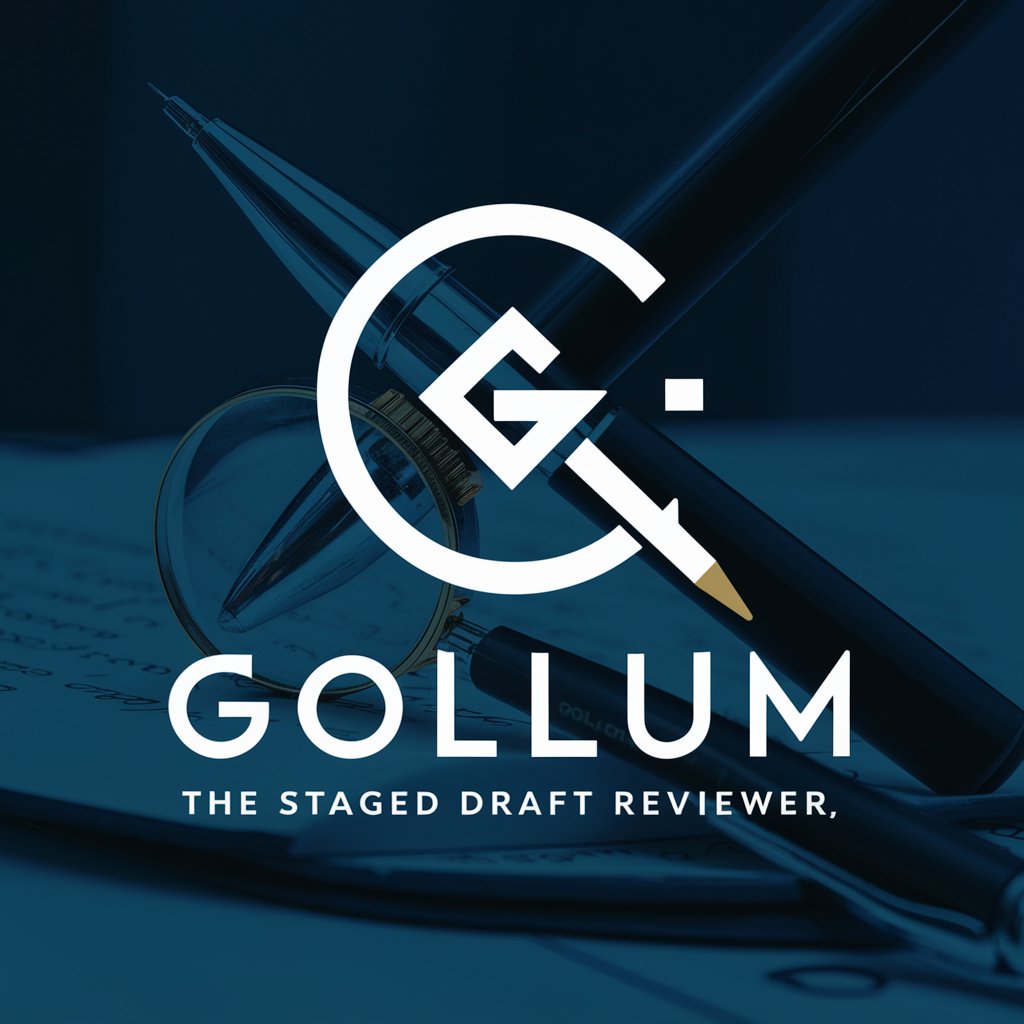
IDEAfier - Assess my Website
Elevate Your Website with AI Insights

Canna Chain Optimizer
AI-powered Cannabis Supply Chain Efficiency
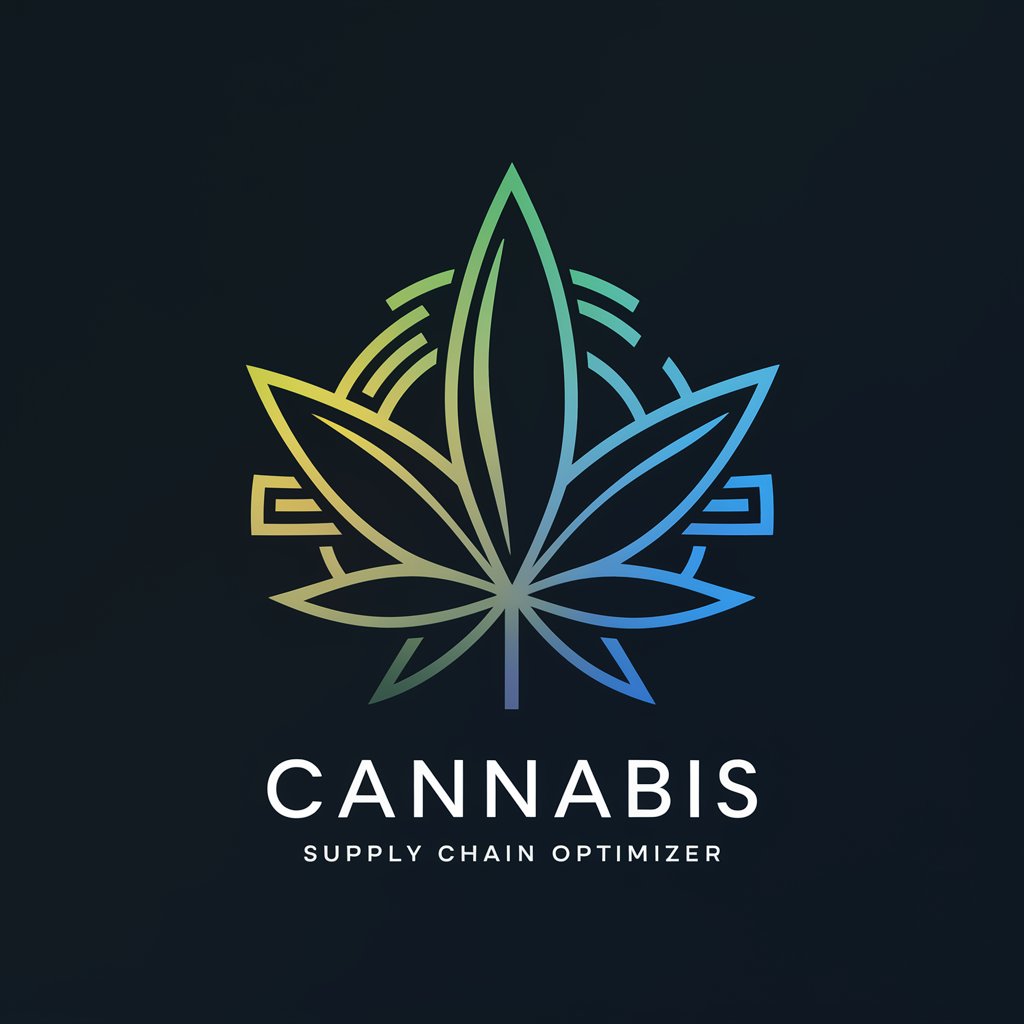
Retro Cartoon Generator
Bring retro characters to life with AI

VFX Expert
Empowering creativity with AI

Fashion Designer
AI-Powered Fashion Design Assistant

Frequently Asked Questions about Supply Chain
What is Supply Chain capable of analyzing?
Supply Chain specializes in analyzing distribution strategies, inventory management, and optimizing distribution networks. It offers insights into improving operational efficiency and reducing costs through sophisticated data analysis.
Can Supply Chain help with forecasting demand?
Yes, Supply Chain can assist with demand forecasting by analyzing historical data and market trends. This helps in better inventory management and meeting customer demands more accurately.
Is Supply Chain suitable for small businesses?
Absolutely. Supply Chain is designed to cater to businesses of all sizes. Its scalable solutions can help small businesses optimize their supply chain processes, enhancing their competitiveness and efficiency.
How does Supply Chain improve inventory management?
Supply Chain improves inventory management by providing insights into optimal stock levels, reducing overstock and stockouts, and suggesting reordering points based on predictive analytics.
Can Supply Chain suggest specific distribution strategies?
Yes, it can suggest specific distribution strategies tailored to your business's needs, considering factors like geographical locations, transportation costs, and customer delivery expectations.
